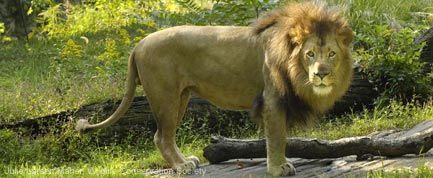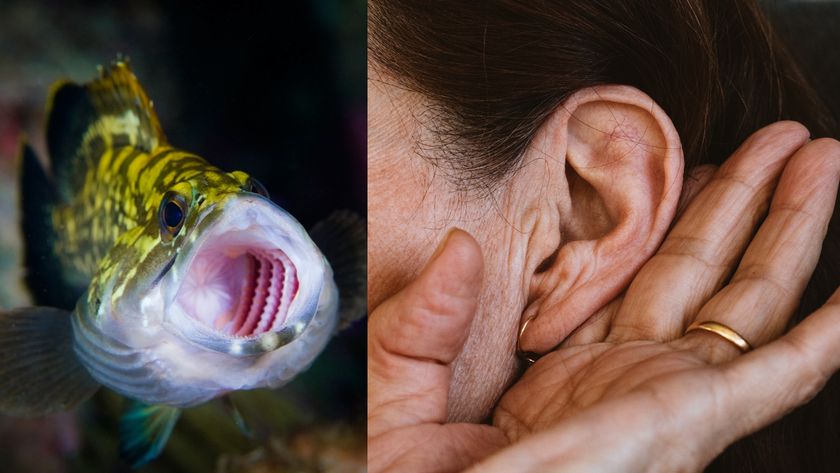Trophy Hunting Causing 'Reverse Evolution'

Survival of the smallest is not exactly what Darwin had in mind, but in some animals species, humans may be forcing a smaller-is-better scenario, and the ultimate outcome may be species demise.
Among some species of big game, hunters are limited by lottery systems that allow only a select few to take just one animal each. Another approach is to sell or auction trophy hunting permits for thousands of dollars. The schemes encourage hunters to be picky, passing up smaller males in search of those with the biggest antlers or the largest tusks or the most beautiful manes, so the creature can be stuffed and displayed on a wall.
This unnatural selection, a practice that dates back decades and more to hunters like Teddy Roosevelt who sought trophy animals before there were restrictions, is forcing "reverse evolution," according to a recent article in Newsweek.
Animals shrinking
Biologist Marco Festa-Bianchet of the University of Sherbrooke in Quebec found a 25 percent decline in the size of horns on bighorn sheep over the past 30 years, and both male and female bodies are getting smaller.
The idea is not new. In 1990, Douglas Chadwick wrote in National Geographic magazine how trophy hunting had a similar effect on bears in Alaska: "Continued harvesting of the biggest animals by trophy hunters has caused a decline in the average size of Kodiak Bears over the years," Chadwick wrote.
It's not just about subtracting the biggest beasts from the equation. The populations actually evolve as genes are removed from the pool.
Sign up for the Live Science daily newsletter now
Get the world’s most fascinating discoveries delivered straight to your inbox.
The logic goes like this: Bigger males with bigger horns tend to father bigger offspring, causing the average size of a species to increase over time. With hunters targeting these trophies, smaller males are more successful at mating, so their genes are spread through the population more effectively and the average size shrinks.
Freaks of nature
Trophy hunting of a more dastardly sort has also made freaks common among elephant populations, researchers say.
Tuskless elephants, once a fluke that comprised about 2 percent of the population of African elephants, aren't sought as much by poachers (it's the ivory that's most valuable) so they breed more and are now 38 percent in one Zambian population, Newsweek reports.
Tusks are important for self defense, however, which is one example of why trophy hunting could ultimately harm a species.
Researchers have long known that big beasts are more vulnerable to quick demise. In general, large animal species (think dinosaurs, woolly mammoths) must invest more energy in gestation and weaning precious few young, and they reach sexual maturity slowly.
The sort of selective breeding that humans are carrying out among some animal species, by trophy hunting, is "highly likely to result in the end of a species," said Columbia University biologist Don Melnick.
- Could Humans Evolve into 2 Species?
- 10 Species You Can Kiss Goodbye
- Evolution News & Features
Robert is an independent health and science journalist and writer based in Phoenix, Arizona. He is a former editor-in-chief of Live Science with over 20 years of experience as a reporter and editor. He has worked on websites such as Space.com and Tom's Guide, and is a contributor on Medium, covering how we age and how to optimize the mind and body through time. He has a journalism degree from Humboldt State University in California.












